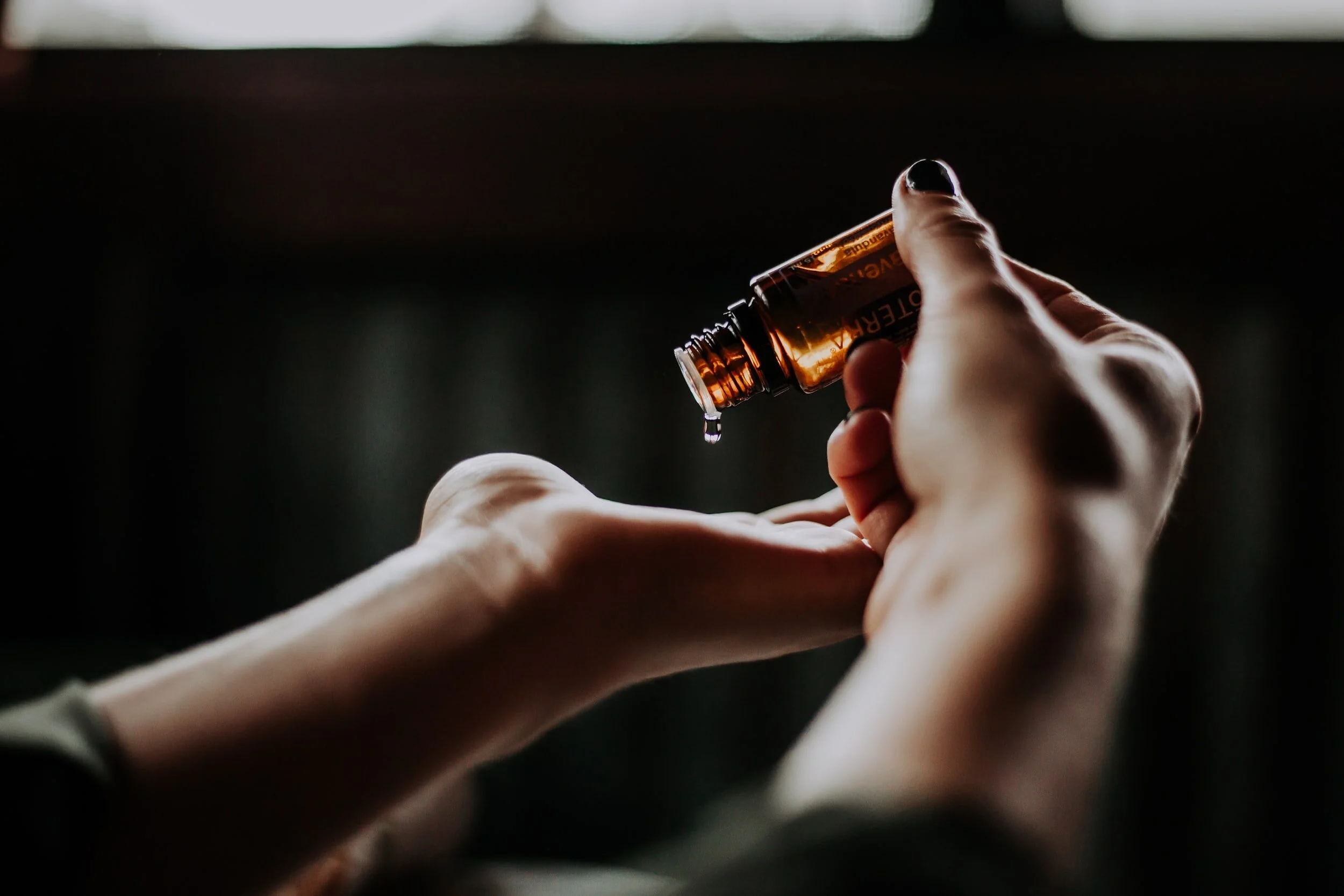Can CBD Work As A Substitute For Traditional Painkillers?
By PAGE Editor
According to the American Centers for Disease Control and Prevention (CDC), an estimated 50 million Americans suffer from chronic pain disorders, excluding those who suffer from traumatic injuries and illness. As patients struggle to cope with these moderate to debilitating conditions, many are suffering severe side effects from synthetic drugs (e.g. painkillers and narcotics) meant to relieve symptoms of chronic pain. These side effects range from physical maladies like stomach ulcers and diarrhea to more dangerous disorders like addiction in the case of opiates-based painkillers.
As patients increasingly turn to medical cannabis for pain relief, the use of medical marijuana has increased dramatically in the last few years, with non-recreational users increasing from 6 percent to 16 percent between 2014 and 2018. Medical research has also done plenty to establish the therapeutic potential of cannabidiol (CBD) in the same time. However, despite growing support for the use of CBD oil as a treatment for chronic pain, many still wonder if it is safe or effective.
This post explores all the vital considerations around the viability of CBD as a substitute for conventional painkillers; from how it works to the best way to use CBD for individuals in a variety of lifestyles.
What is CBD & Where Does It Come From?
CBD is a natural compound found in cannabis and hemp plants. It contains numerous therapeutic properties and has not been associated with any significant adverse side effects in humans. Unlike tetrahydrocannabinol (THC), a major cannabinoid in marijuana responsible for the "high" sensation, CBD does not contain psychoactive properties and therefore does not produce side effects like drowsiness or losing track of time.
How Does CBD Relieve Pain?
According to research from McGill University, CBD acts in the endocannabinoid system (ECS) as an agonist of cannabinoid receptors. The ECS is part of a larger system that helps to maintain homeostasis in the body and mind, with endocannabinoids interacting with different receptors to provide relief from inflammation, pain, stress, anxiety, and other important biological functions. These natural compounds can also be taken as supplements through CBD oil extracts derived from industrial hemp.
What Are the Best Ways to Take CBD?
For individuals with inactive or sedentary lifestyles, CBD oil can be taken orally, sublingually (i.e. under the tongue, along the inside of the cheek etc) or vaped. These methods work nicely for active individuals as well, but they also have the added options of using CBD-infused sport products in a recovery gel or roll-on format.
The scientific literature around CBD's analgesic potential has made it a mainstay in sports medicine as an ingredient in products for swelling, inflammation, joint pain and general soreness and stiffness. In this sense, CBD is a proven alternative to synthetic painkillers with the endorsement of amateur as well as professional athletes.
How Long Does CBD's Pain Relief Last?
Of course, since CBD oil is a natural supplement that does not involve pharmaceutical processing, the exact duration of its relief will depend on how much and how regularly it is taken. On average, most people report experiencing pain relief for four to six hours after dosing with 200mg to 300mg of CBD. However, individual experiences may vary depending on the product in use and other factors such as weight, gender, and metabolism.
Is CBD Worth Trying as an Alternative to Painkillers?
CBD can be a viable alternative to painkillers depending on an individual’s own diagnoses and intended use case. It carries the extra advantages of having no abuse potential, and no documented serious side effects in humans. CBD also has additional health benefits including the reduction of mood swings, controlling of inflammation, and reduced risk of cancer and anxiety disorders.
HOW DO YOU FEEL ABOUT FASHION?
COMMENT OR TAKE OUR PAGE READER SURVEY
Featured










The general outlook of your house can be made or marred by the kind of roof that you choose to have on your house.